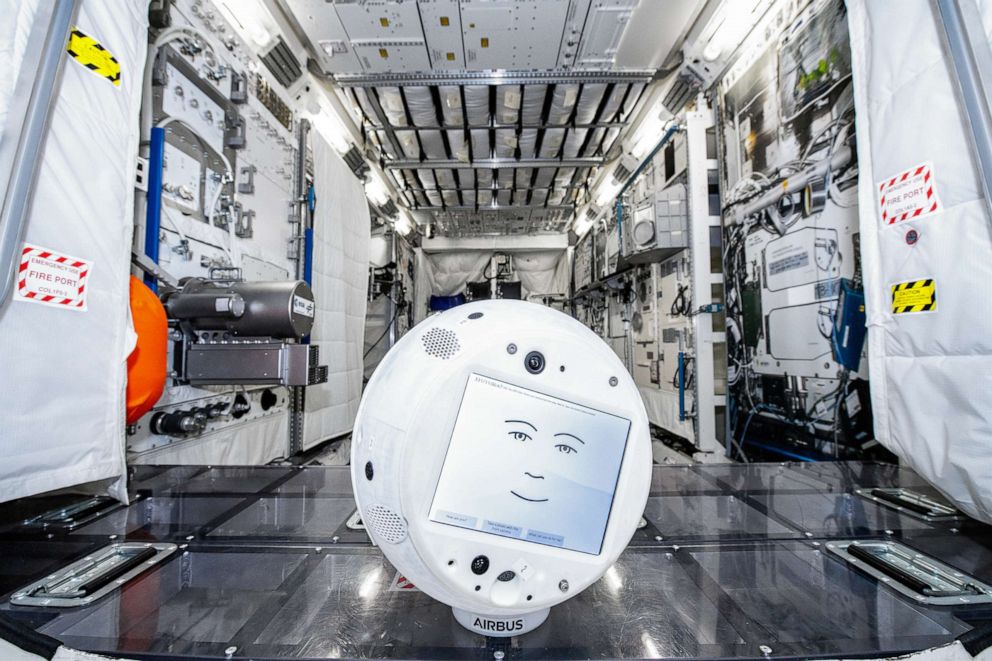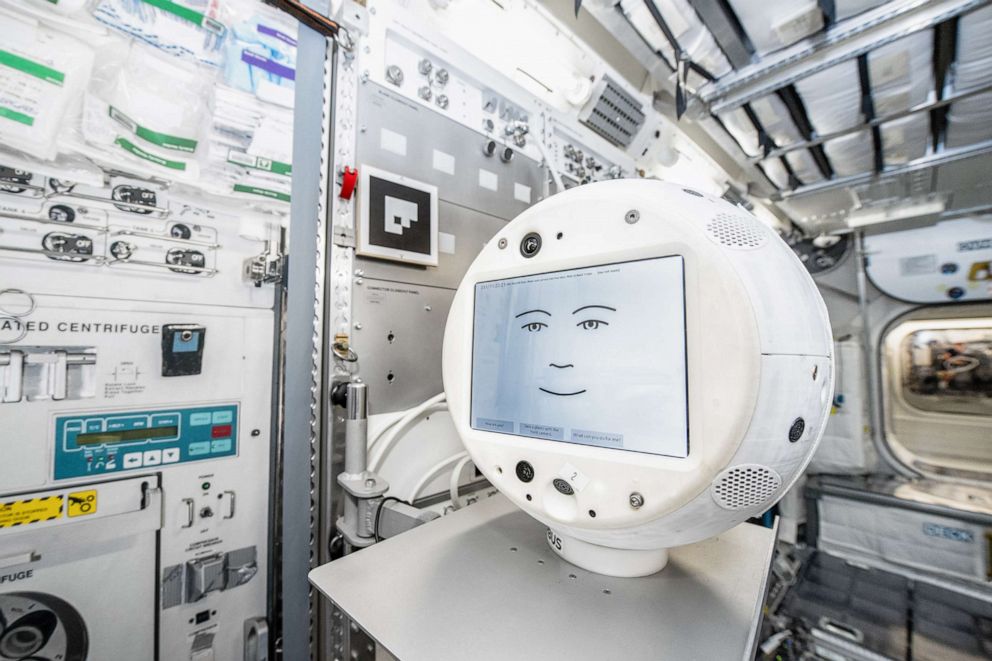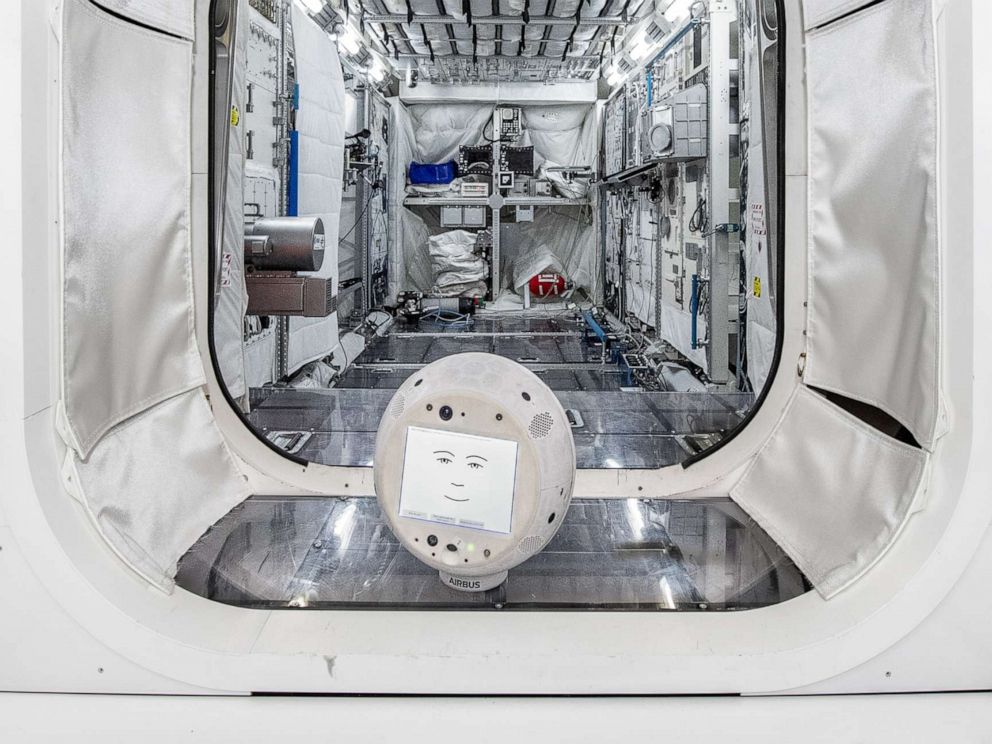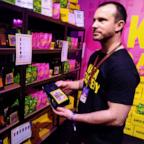'Empathetic' AI-powered robot assistant heads to the International Space Station
Cimon-2 has "emotional intelligence," one of its developers said.
A friendly robot assistant with artificial intelligence technology is heading to the International Space Station to help astronauts with daily tasks, or if they just want someone to talk to while so far away from home.
Cimon 2, the latest version of the AI assistant commonly called "Simon," is more "empathetic" than its previous model that went to the ISS in 2018, according to a joint statement from IBM, Airbus and the German Aerospace Center (DLR), the groups that helped develop it.

Cimon 2 headed to the ISS aboard the SpaceX CRS-19 that launched from a port in Cape Canaveral, Florida, on Thursday.
"We hope to have him accepted as a true assistant on the ISS," Matthias Biniok, the lead Watson architect for Germany at IBM and a developer behind the robot, told ABC News Wednesday.
Its two main jobs on the ISS will be to assist with and document astronauts' experiments.
"He acts as a flying brain with information," Biniok said. "If the astronaut doesn’t know something ... Cimon can help finding the right answer or the relevant information."
"The other use-case is mobile video documentation, so instead of having a second astronaut filming or recording, they can just say, 'Cimon, come here, take a picture or record something or film me while I'm doing this experiment,'" Biniok said.
In addition, Cimon can serve as a companion.
"Cimon has something that we call emotional intelligence," Biniok said, saying that it "tries to understand emotions that happen in a conversation."

If astronauts are feeling lonely up in outer space, they can even converse with the robot.
"He can be used to have a conversation," Biniok said. "He already has conversations with astronauts, the only thing that we are not doing right now while having a conversation is understanding emotions and trying to react to the emotions."
Cimon is programmed to be able to hear, see, speak and understand. Its "eyes" are two cameras that have facial recognition technology, and it is equipped with five other cameras that help orient it and can be used for documentation. It's "ears" are made up of nine microphones that can comprehend voices and identify directions.
"In the future, we will definitely make him react to emotions and adjust his conversation accordingly," Biniok added.
For example, if an astronaut looks sad, "He will say something like, 'I know it's a tough day, but we will get through it,'" Biniok said.
Researchers envision Cimon being used by astronauts embarking on all sorts of space exploration in the near future.
"Cimon will not only be a true companion for the International Space Station, he will also be a true companion for astronauts in all kind of places when we are flying to the moon, to Mars," Biniok said.
For those wary about the idea of thinking robots in space, Biniok assured that the type of AI currently implemented by Cimon is very narrow.
"The idea of the fear behind AI in space is understandable because there are lots of Hollywood movies," Biniok said, but added that at the moment, "we are still talking about narrow AI."
"Cimon is not being re-trained automatically, it is being completely supervised by humans," he said. "He cannot learn without humans."

Cimon 2 is supposed to stay on the ISS for up to three years.




